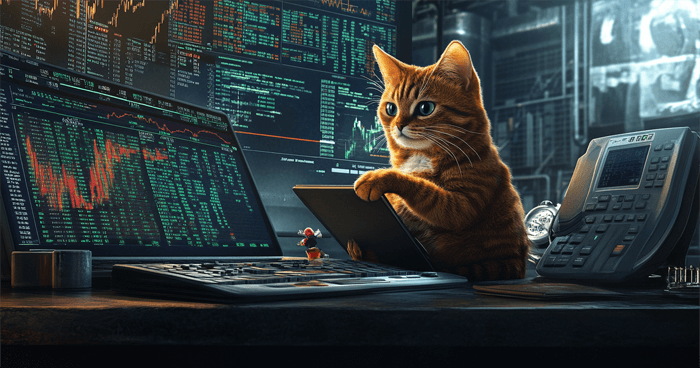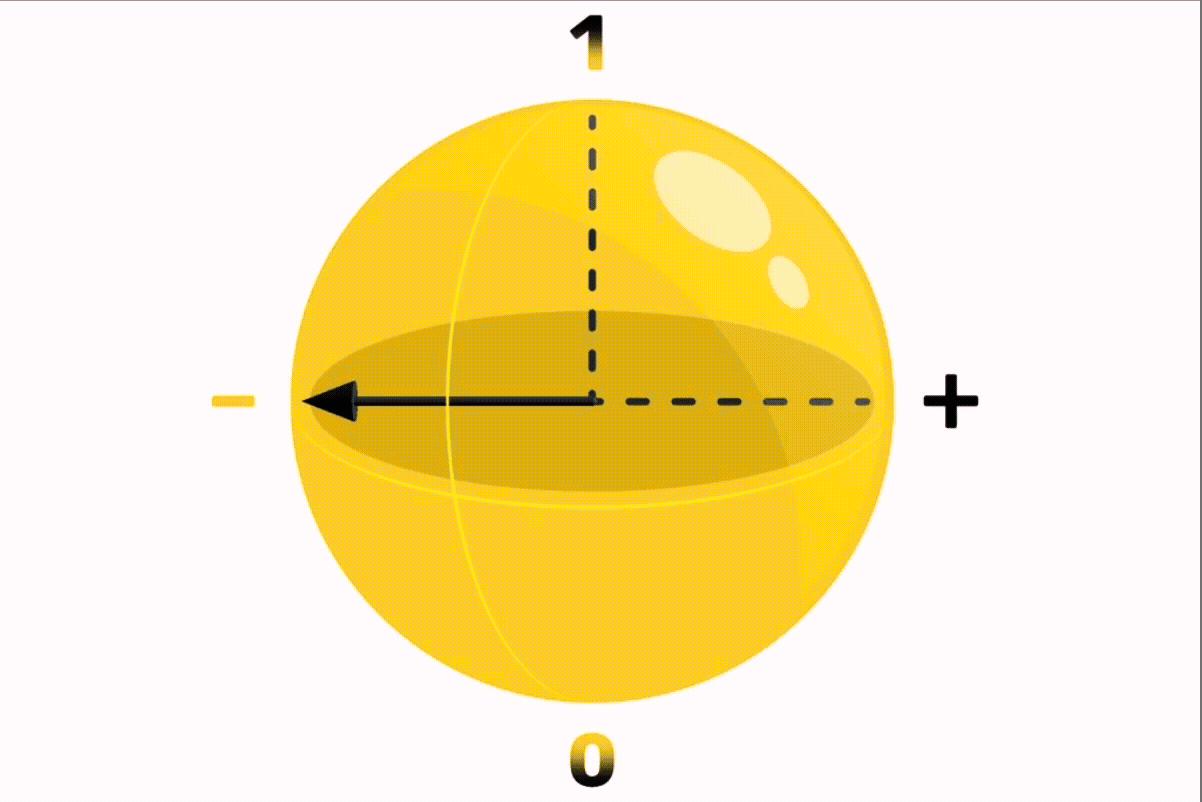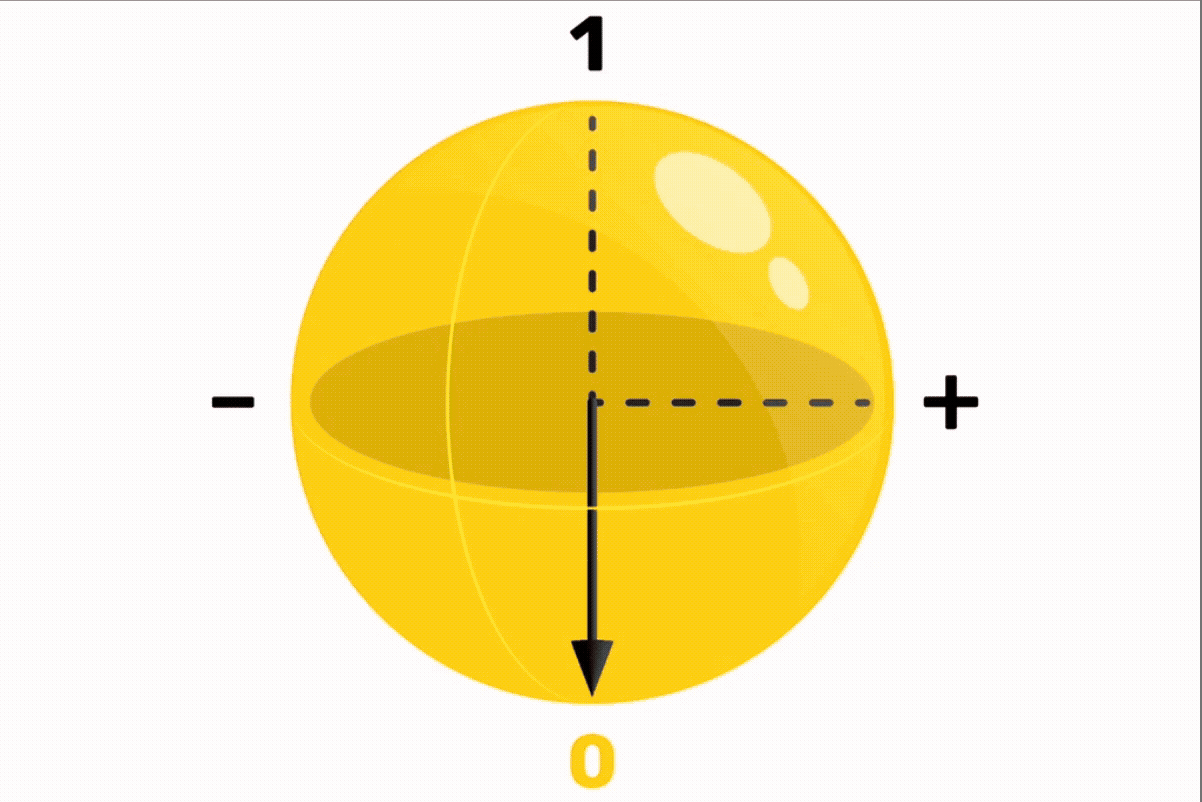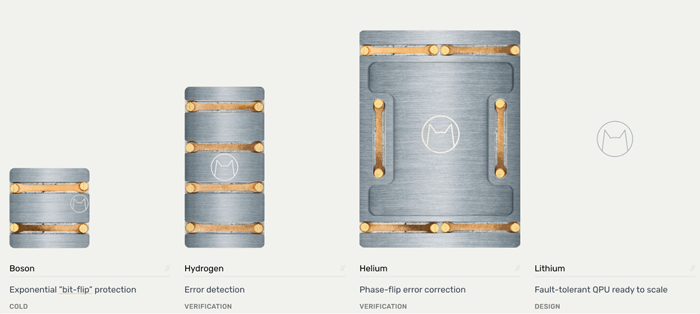Managing Editor’s Note: Continuing with Quantum Week here at Brownstone Research, today, Jeff dives into the sensitivity of quantum bits – or qubits – and a company with a unique approach to quantum computing that has just seen a breakthrough…
Before we get to that, make sure you sign up here with one click to join Jeff next Tuesday, October 21, at 8 p.m. ET, at his Quantum Flashpoint strategy session.
The breakthrough Jeff writes about today happened just days ago… and as you’ll hear today, we’re on the fast track towards fault-tolerant quantum computing systems. The industry is racing – pouring time, effort, and resources – to achieve this.
Now’s the time to make sure you’re poised to seize the opportunity. You can go here to automatically sign up to attend next week to learn more about where quantum computing is headed… and Jeff’s three favorite companies to play it.

Noise is the bane of quantum computing.
As we explored in yesterday’s Bleeding Edge – Scaling Quantum Computing, any kind of environmental variance – like vibrations, electromagnetic interference, or temperature changes – can cause decoherence, which is the process of a quantum system losing its quantum state.
This is because noise leads to two kinds of primary errors in a quantum bit (qubit) – either a bit-flip error or a phase-flip error.
Both kinds of errors result in a qubit losing its superposition, which results in the loss of the quantum information encoded in the qubit.
Limiting quantum errors and correcting quantum errors are the bottlenecks of quantum computing.
Two Errors
As a reminder, the ability for a qubit to maintain a superposition at some point between 0 and 1 is what gives quantum computers their superpowers.
It’s what enabled Google’s Willow to solve a complex problem in under five minutes – the same problem that would take a classical supercomputer 10 septillion years to complete.
To state the obvious, that’s not a reasonable amount of time.

A Qubit’s Superposition | Source: Alice & Bob
Superposition, shown above, can be represented by the tip of the black arrow.
A qubit can be in a superposition between an infinite number of spots on the sphere between 0 and 1. This compares to a classical computing bit that can only be a 0 or a 1. A qubit can be in a simultaneous state of both 0 and 1 at the same time with superposition.
If a quantum bit can’t maintain its superposition, the information encoded in that quantum bit is lost.
One type of error is referred to as a phase-flip error. This is when the qubit is switching between phases, switching from “+” to “-” as shown below.

A Phase-flip Error | Source: Alice & Bob
The second kind of error is known as a bit-flip error, which is when the state of the qubit changes randomly from 0 to 1, or the other way around.
The effect of a bit-flip error is the same as a phase-flip error: The qubit loses its superposition and thus the information that it contained.

A Bit-flip Error | Source: Alice & Bob
This leads us to a very interesting development announced just days ago.
The Promise of Cat Qubits
The recent announcement came from a very interesting quantum computing company that I’ve been tracking for years, Alice & Bob.
Alice & Bob is a rarity in the world of quantum computing, based in Paris, not the U.S. And it has been pursuing a unique approach to quantum computing that is now showing some strong advantages.
The name might seem odd, but it is actually a nod back to the origins of encryption technology.
They were “named” in a 1978 research paper, which led to the RSA algorithms that underpin most encrypted public communications today.
The names Alice and Bob were used to describe scenarios in which Alice sends an encrypted message to Bob, and Bob needs Alice’s key to decrypt Alice’s message, etc.
Today’s Alice & Bob has built an unconventional superconducting supercomputer that uses cat qubits – a reference to Schrödinger’s cat states, which supposes that a cat can be in two different states at exactly the same time (in this case, alive and dead at the same time – a visual, albeit gruesome, way to explain superposition).
Using superconducting circuits, cat qubits can achieve a quantum superposition just like “normal” qubits in the superconducting systems of Google (GOOGL) or Rigetti Computing (RGTI)…
However, there is one major advantage of using cat qubits…
They naturally suppress bit-flip errors.
It’s like having built-in error correction in the superconducting architecture.
Just a few days ago, Alice & Bob released some research on a breakthrough in quantum computing.
The company was able to demonstrate that their cat qubits could maintain their state and resist a bit-flip error for more than an hour.
That might not seem like much, but typical quantum computing systems experience bit-flip errors and decoherence in periods measured in milliseconds.
Alice & Bob’s cat qubits lasted millions of times longer. Remarkable.

Alice & Bob’s Line Up of Superconducting Quantum Chips | Source: Alice & Bob
There are two key insights for us to glean from this latest development.
The Road to a Fault-Tolerant Quantum Computer
The first insight from Alice & Bob’s breakthrough is that even when quantum computers can only “run” (i.e., maintain coherence) for a period measured in milliseconds, they can still perform incredible computational feats because they are so powerful.
Obviously, the scale of the computational capability of a quantum computer depends on its ability to maintain coherence, its quantum error correction technology, and the number of physical and logical qubits in the quantum system.
Envisioning quantum computers that can run for hours on end is nothing short of mind-blowing.
When we can couple fault-tolerant quantum computers with artificial intelligence software, we will enter a world where major breakthroughs are happening daily. The thought of that might make our heads spin.
And here’s the best part… this is beginning to happen now. It will be a couple more years still before we see more powerful, fault-tolerant systems, but AI is being used with quantum computers today.
The second insight from Alice & Bob’s announcement is that it suggests a superconducting architecture that could be dramatically more efficient when it comes to large-scale quantum computers.
More specifically, the results demonstrated by Alice & Bob could enable a universal fault-tolerant quantum computer that requires only a fraction of the number of physical qubits compared to Google’s approach to quantum computing for the same performance.
And I’m not suggesting a 10-20% reduction in physical qubits, it’s more like an order of magnitude less.
This could potentially result in far more efficient, less costly, and more stable universal fault-tolerant quantum computers – the holy grail of quantum computing.
For that reason, we’ll be keeping a close eye on Alice & Bob over the next few years.
The company is slated to release its Helium superconducting quantum chip in 2026, which incorporates phase-flip error correction.
And the company’s target is to achieve a fault-tolerant system by 2030.
What’s happening today in quantum computing is not dissimilar to what’s happening in nuclear fusion.
A wide range of public and private companies are in a grand race to experiment, iterate, and innovate with a wide range of approaches to achieve a world-changing end-goal.
And what’s incredible about this point in time that we are living in… is that we now have the semiconductor technology, the materials science, the artificial intelligence, the cryogenic technology, and an endless amount of private capital… every, and I mean every, good idea is getting funded right now.
This convergence of resources is racing to try every permutation to determine which design will be the most efficient in achieving the end goal.
What comes next will be breathtaking.
Jeff
Want more stories like this one?
The Bleeding Edge is the only free newsletter that delivers daily insights and information from the high-tech world as well as topics and trends relevant to investments.
